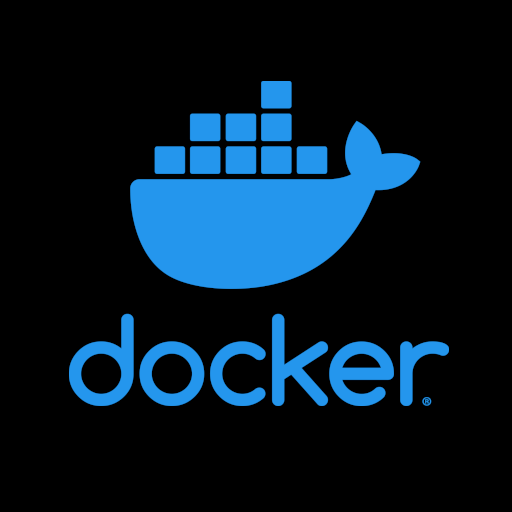

You can host docker volumes over NFS, but the actual container images need to exist on a filesystem that supports overlay (which NFS does not) unless you want things to be slow as shit. And I really do mean miserably slow. A container image shared over NFS will take forever to spin up because it has to duplicate the entire container filesystem instead of using overlays, and then it’ll blow up your disk usage by copying all these files around instead of overlaying them. It’s truly unusable.




I set up a very straightforward Godot dev environment yesterday using toolbox which is built on top of rootless Podman.
The nice thing about toolbox is that it uses my native host Wayland compositor. So whatever I have running in the toolbox can be interacted normally through sway (my host WM).
You can either distribute a container image with your given toolbox configured, or just document the setup steps.